(Central) Auditory Processing Disorder (CAPD) – Child
What is (Central) Auditory Processing Disorder (CAPD)?
Auditory Processing Disorder (APD), often called Central Auditory Processing Disorder (CAPD), is a complex problem that is estimated to affect 2-3% of children and youth. Children with APD have normal hearing but have difficulty processing and understanding what they hear. Children live and learn in a noisy world, and children with APD will have difficulty recognizing and interpreting sounds especially in the presence of background noise. They may show a variety of problems; poor attention, difficulty following directions, forgetting or misunderstanding what was said, or difficulty discriminating between speech sounds. Children with APD will often ask others to repeat or clarify what was said. These problems can significantly affect performance in school.
Auditory processing problems are often suspected early, but testing in children under age 7 years of age is often unreliable. APD is often not identified because the symptoms are very similar to those of other children with learning disability, attention deficit/hyperactivity disorder (ADHD) or speech and language problems. Although the profiles may be similar, the underlying cause is different.
A child with APD will typically pass a hearing screening and have a normal audiogram because their hearing sensitivity is usually normal and because these tests are conducted in a quiet environment. A child may do well on tasks if there are visuals, but they may have significant processing problems throughout the day when learning is primarily through listening. APD may be a source of speech, language and learning problems because the child is not receiving the same auditory and language input as his/her peers and, if not identified, the child may fall behind in his/her schoolwork.
What can professionals do to help?
An audiologist is the professional who will assess and make the diagnosis by performing auditory processing tests and other hearing evaluations. The audiologist will liaise with the speech-language pathologist and monitor hearing abilities because a child’s auditory system continues to develop through childhood and adolescence. The audiologist will make recommendations to improve the listening environment and may suggest a listening device to filter out background noise to make speech processing easier and help the child hear and understand auditory information in the classroom.
If the speech-language pathologist (SLP) working with a child suspects that there is an auditory processing problem underlying a student’s speech, language or learning problems, the SLP will make a referral to an audiologist for testing and diagnosis. After the diagnosis, the SLP can work with the child to develop speech, language, and literacy skills as well as providing the child with strategies to support listening and understanding. At the school level, the SLP is the professional most likely to work with parents and teachers to understand the challenges that the child is facing and discuss implementation of strategies to help the child learn, e.g. preferential seating, getting the child’s attention before giving instructions, providing a quiet space for school work, short simple instructions, or using writing or visual cues.
